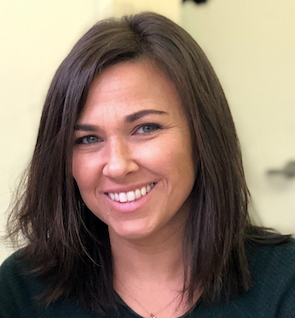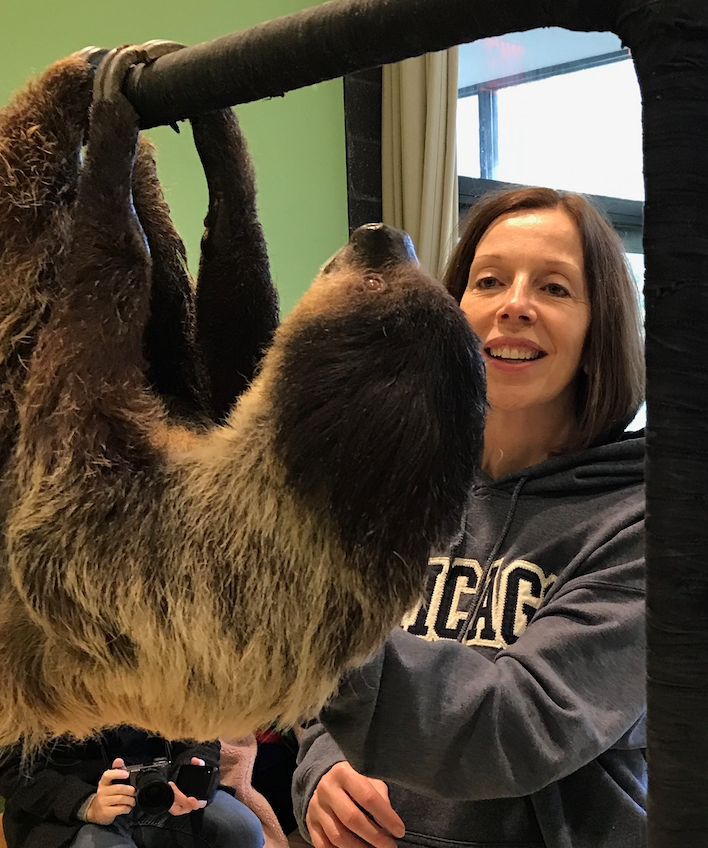A Word of Advice

We know you’re excited to enter this year’s Challenge, so we’ve asked a few teachers and parents whose students have either won or earned an Honorable Mention in past Challenges to share their experiences with you.

Pat Genovese
Teacher, California
For more than ten years, my kindergarten students have participated in the Spark!Lab Invent It Challenge. Our overarching theme, Kids Can Make a Difference in our World, is integrated across curriculum areas throughout the year. My Unit by Design, Kids are Scientists and Inventors, not only focuses on inventors in American history but on the significance of social justice. Students are guided to Enduring Understandings that scientists predict, gather, classify, and interpret information; and interdependence is a collaborative value that develops when a team shares ideas and works together. Additionally, participating in the inventions contest incorporates both Common CORE and Next Generation Science Standards. As a class, students learn the Habits of Mind that enable them to create inventions, including persevering, working interdependently, thinking creatively, and questioning and posing problems. The inventions contest becomes a unifying concept of our school year, and as such, is an invaluable and engaging experience for students.
I highly recommend generating student excitement by introducing kid inventors throughout history, for example, Margaret Knight, Louis Braille, Param Jaggi, and Catherine Wong. There are excellent books, such as Marvelous Mattie, websites, and videos. Ellen Degeneres has several episodes featuring kid inventors with their prototypes. Even before the invention theme is announced, I have students complete invention challenges independently and in groups. After video-conferencing with NASA, my students have also participated in a Webquest to choose an invention to take to another planet and completed a STEM challenge to create a robot to find water on the moon.
Generating student excitement for science and innovation, continuing beyond kindergarten, is one lasting effect of the Spark!Lab Invent It Challenge. Since our overarching theme is integrated in all subject areas, inventions are not viewed as isolated activities but as integral to all disciplines. One second-grader recently told me that she keeps a journal of her invention ideas and drawings that she wants to share with me. An 8th grader’s grandmother showed me an article featuring the invention that her grandson’s group had designed in kindergarten. Middle schoolers have told me that the inventions challenge was one of the highlights in elementary school. Most importantly, students learn that they can make a positive difference in our world.

Sherri Carter
Homeschool Parent, Missouri
As a parent, and assistant coach, I LOVE the Invent It Challenge and, I’ve seen how much the kids love it! It has been amazing to see the transformation in the kids’ confidence, growing by leaps and bounds each year. They really believe “if we can think it, we can do it” and they can! In addition to participating in the Invent It Challenge, they also participate in FIRST Lego League, using the invention process for their FIRST project. This past season, they achieved the Innovative Solution and are in the process of applying for a patent for their project, all thanks to the skills they developed through the Invent It Challenge.

Julie Fanelli
Teacher, New York
When I was young, I lived across the street from my Grandparents. In addition to being my babysitter, my grandfather was my best friend, resident storyteller, and awe-inspiring inventor. His mind was constantly dreaming up ways to fix what was broken or poorly designed in our world.
His most famous story was of a time when he was fixing his roof only to step down on a wooden ladder rung, which ultimately broke underneath him, leaving him to fall from the height of his house and, after an attempted backflip, to try to land on his feet. This left my grandfather on the ground with 2 broken vertebrae. He spent the next year in a steel brace, laid up in bed, fuming about the poorly designed ladder that put him in that situation.
For the next 3-5 years, my grandfather worked on a design for a durable ladder that wouldn’t break. That wasn’t enough though, the ladder also had to be one that would not conduct electricity.
My Grandfather’s creation resulted in the prototype for the first fiberglass ladder.
Now, while my Grandfather was very clever, he wasn’t a businessman. He quickly sold the patent. What concerned my grandfather was making better products, and a better world.
I would spend hours listening to and planning with my grandfather. He had other inventions. His stories and inventions were never far from my mind. In fact, I believe that our time together contributed greatly to my constant observations of my environment, an awareness of my world, and problem-solving.
Being steeped in invention stories my whole life had a tremendous impact on how I perceived my potential contributions to the world. I always considered myself a player; as equal a participant as anybody.
After teaching at Hayground School, a progressive elementary school, for 11 years, I finally decided to embrace inventions as the overarching endeavor for my multi-aged classroom of 6 through 11 years olds.
It sounds daunting, but because of the freedom I have to teach what I am passionate about, it is not only manageable but also fun. The Invent It Challenge helped me succeed with a framework to guide my students through the process of bringing their ideas to life.
Inventions seemed then, and 9 years later still seem, like the perfect undertaking to comprise all of the elements I like to see my students engaged in, collaborative and authentic work, learning about the world we are part of, recognizing that adults do not have all of the answers and that their ideas are valuable and important, and that they can make a difference, right now!
One thing I love about the Invent It Challenge is that, like the school I teach at, it values ideas from our youngest students. A six-year-old is solving the same problem as an 18-year-old, and from my experience, sometimes comes up with better ideas.
As teachers we get to observe and aid in the way each child makes sense of information, identifies a problem, participates in a group (or not), researches, deals with frustration, keeps records, and designs and engineers a useful prototype. In essence, in this challenge children conduct themselves as any serious professional would. As we enter into a world where technology is advancing more rapidly than we can prepare for it, aren’t these the habits children should have to become successful?
Inventing builds on what children already love to do, imagine and create. The possibilities for cross-curricular education are endless, though I am particularly fond of the stories that gave birth to new inventions. Perhaps this is why I so value the “Sell It” part of the Invent It Challenge. My students film commercials and give their pitch to an audience, thus identifying the value of their idea in the context of the larger world. They get to act and have fun too, which never hurts.
One piece of advice that I have to convince my students of each year is to start simply and then add complexity to a design as an idea grows. Teachers, if you are working in your classroom, just give it over now to any sort of valuable material, part or tool that can be donated or recycled for the students’ inventions. It gets messy! We use A LOT of cardboard and recycled plastic. Best of luck to our future inventors!

Lisa Hamlin
Teacher, New York
My class participated in the Invent-It Challenge for the first time last year. I can honestly say that it was the highlight of the year for both the students and myself. It was an unparalleled opportunity for my students to think critically, work cooperatively, and share their creativity as they worked through each step of the Engineering Design Process. Every student was actively engaged throughout the process – to the point that there were actual groans each time we wrapped up our projects for the day.
In addition to the high energy and engagement level the project brought to our classroom, it also created a stronger home/school connection. I invited parents to come in to assist us on our project days. Some student groups even had “engineering playdates” on the weekends. I was so proud of the perseverance and commitment levels they displayed throughout the challenge. The parents were equally impressed and mentioned that their children are now actively engaging in STEM activities outside of the classroom as well.
I won’t lie. The challenge was not without its “challenges” last year. With thirty-two highly excited students working on nine different projects, the energy level in the classroom was at an all-time high. Some groups were in a hurry to move right on to the Create phase of the project, which ultimately slowed them down, but in reality, it became a great learning experience.
With a year of experience under my belt, I think I have learned how to better manage the project. The most important thing is consistency. This year, we spent more time as a class discussing the scope of the challenge before diving in. We read some articles together and watched a few videos to help generate invention ideas. We once again have nine groups, but this time we are all working on the same phase of the design process at the same time, at least initially. I will also continue to invite parents to come in to assist us, especially when we move into the Create phase. The first few days can be a bit hectic, but once things are underway the classroom hums like a well-oiled machine and the overall experience exponentially outweighs the initial growing pains.
I plan to have my class participate in the Invent-It Challenge every year. It is an experience my students, and I will remember fondly for years to come. When I ask my students from last year what their favorite part of third grade was, the answer is unanimous – “The Invent-It Challenge!”
